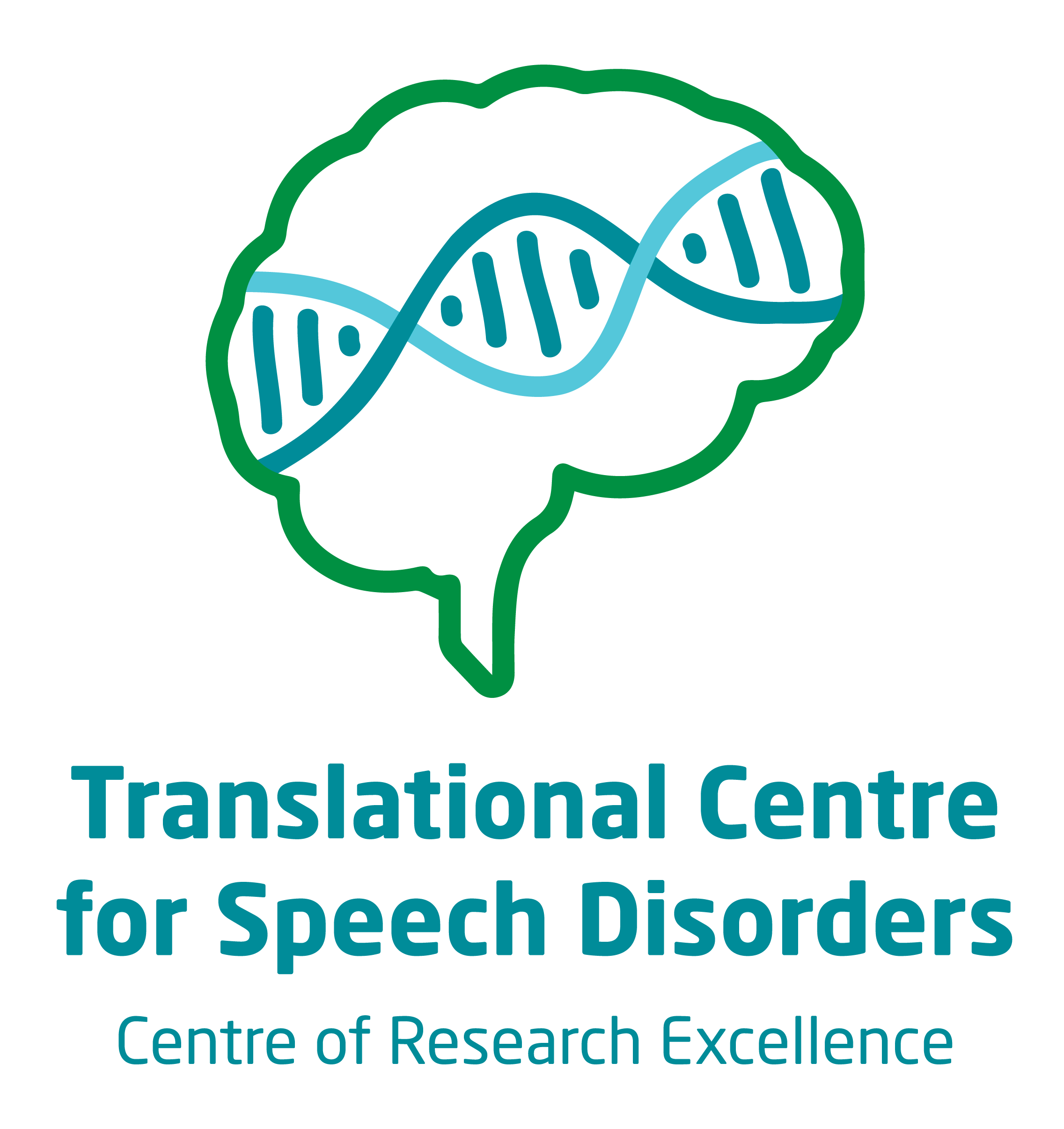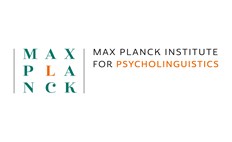CLCN4-related Neurodevelopmental Condition
What is CLCN4-related neurodevelopmental condition (CLCN4-NDD)?
CLCN4-NDD is a genetic condition. Variants in the the CLCN4 gene often cause cognitive impairment, motor (movement) challenges, sleep problems, and epilepsy (1–3)
CLCN4-NDD is caused by pathogenic or likely pathogenic variants in the CLCN4 gene, which encodes for the CIC-4 chloride channel which is highly expressed in the brain. The gene is located on the X-chromosome, which has been linked to higher pathology in males with a pathogenic variant (4). However, females with a de novo CLCN4 variant are also reported to have severe pathology and cognitive impairment, especially compared to females with inherited variants.
Further information and support
- The plain language summary of our research on CLCN4-NDD is available here
- For information on speech and language abilities and CLCN4-NDD, please see our CLCN4 NDD Fact Sheet
Contact
For further information, please get in touch with the CRE Speech and Language team at:
Email: geneticsofspeech@mcri.edu.au
Phone: (03) 9936 6334
Frequently asked questions
Communication difficulties represent the most common feature in this group, affecting 100% of males and 95% of de novo females in the largest cohort studied to date (4). Difficulties understanding and expressing language are a consistent challenge across the group. However, the trajectory of speech and language development varies across people. Some children produce their first words within typical development (around 1 year old), while some adults have not yet said their first word (5). In contrast, the progression to two-word phrases and sentences was consistently delayed, which in turn prevented communication development from a need based, to functional social expression. This was identified as an important barrier in this group, who all showed a strong social desire to communicate.
- Learning difficulties: Most people with CLCN4-NDD experience mild-to-severe cognitive impairment (1,2).
- Mental health and behaviour: Autism spectrum disorder (ASD) is frequently reported in this group, as well as attention difficulties, anxiety, and mood conditions (3,6)
- Motor (movement) disorder: Gross and fine motor delays are common in this group. Infantile hypotonia (low tone) is also an important feature, that can often affect the oral-motor structures required for speech and feeding.
- Epilepsy and seizures: Epilepsy affects nearly 50% of people with CLCN4- Seizures often present by 3-years-old and can be resistant to standard antiseizure medications (3,7,8)
- Brain changes: MRI studies often find changes involving the white matter of the brain. The corpus callosum is often found to be thinner, and occasionally absent in affected people (1,9,10).
- Gastrointestinal difficulties: Reflux disorders and chronic constipation are increasingly being recognised in this group, affecting growth milestones especially in de novo De novo females are also reported to experience greater feeding challenges than males or inherited females. Nutritional supplementation via a gastronomy tube is sometimes required to support adequate nutrition (6).
Most people with CLCN4-NDD use a combination of verbal speech and augmentative and alternative communication (AAC), including low tech (gesture, key word sign), and high tech (such as text-to-speech applications). Communicating wants and needs with 1–2 word phrases, such as requesting or rejecting objects/actions, was a strength in this group. However, social communication was often limited, despite a strong desire to communicate (5). This was often due to a combination of language delay, cognitive impairment affecting working memory, motor speech difficulties that impact speech intelligibility, and a lack of support to promote AAC use for question asking and social connection.
People with CLCN4-NDD require comprehensive and dynamic assessment to inform the most appropriate diagnosis and therapy options. These assessments should include language (expressive and receptive), speech (sound stimulability, intelligibility, speech errors), oral-motor assessment, and social communication. Frequent reassessment is also recommended to monitor progress and ensure speech, language, and social communication goals are relevant and meaningful to the person and their family (11).
There is currently no research on speech and language therapies specific for people with CLCN4-NDD. However, evidence-based practice must include a person and family centred approach to assessment and therapies that are tailored to the person’s strengths and challenges.
Consistent reports of speech and language delays in CLCN4-NDD, especially regarding the transition from first words to 2-4 word phrases, emphasise the benefit of early speech pathology intervention to support language learning and early speech milestones (5). Given the persisting nature of speech challenges, AAC should be implemented early, and regularly reassessed to ensure the system provided is relevant to the child, family, educational and social environment. AAC interventions may involve low-tech approaches (e.g., key word sign, communication books). In some instances, more than one AAC system may be required to support the person’s communication across environments and communication settings. Education to families about the benefit of AAC to support overall language development, and provide an opportunity for social connection, is essential. For people with spoken language, motor speech therapy that follows motor learning principles will support speech intelligibility and naturalness.
Assessment/evaluation
Speech assessment should include:
- Speech production skills across single sound, word, and sentence level. This will help specific diagnosis (e.g., phonological disorder, articulation disorder, apraxia of speech).
- Receptive, expressive, and social language skills.
- AAC assessment to determine the best system for your child’s needs.
- Literacy assessment.
- Environmental supports to optimise practical communication needs (e.g., visual schedules, desk position in the classroom etc.).
References
- Palmer EE, Stuhlmann T, Weinert S, Haan E, Van Esch H, Holvoet M, et al. De novo and inherited mutations in the X-linked gene CLCN4 are associated with syndromic intellectual disability and behavior and seizure disorders in males and females. Mol Psychiatry. 2018 Feb 1;23(2):222–30.
- Adam MP, Mirzaa GM, Pagon RA. CLCN4-Related Neurodevelopmental Disorder. 2021.
- He H, Li X, Guzman GA, Bungert-Plümke S, Franzen A, Lin XQ, et al. Expanding the genetic and phenotypic relevance of CLCN4 variants in neurodevelopmental condition: 13 new patients. J Neurol [Internet]. 2024 Aug 1 [cited 2025 Feb 19];271(8):4933–48. Available from: https://pubmed.ncbi.nlm.nih.gov/38758281/
- Palmer EE, Pusch M, Picollo A, Forwood C, Nguyen MH, Suckow V, et al. Functional and clinical studies reveal pathophysiological complexity of CLCN4-related neurodevelopmental condition. Mol Psychiatry [Internet]. 2023 Feb 1 [cited 2024 Jan 10];28(2):668. Available from: /pmc/articles/PMC9908558/
- Garrett A, Kalscheuer VM, Figueroa RR, Palmer EE, Morgan AT. CLCN4-Related Neurodevelopmental Condition: Characterization of Speech and Language Abilities. Am J Med Genet A [Internet]. 2025 Aug 5 [cited 2025 Aug 8]; Available from: https://pubmed.ncbi.nlm.nih.gov/40762462/
- Palmer EE, Pusch M, Picollo A, Forwood C, Nguyen MH, Suckow V, et al. Functional and clinical studies reveal pathophysiological complexity of CLCN4-related neurodevelopmental condition. Mol Psychiatry [Internet]. 2023 Feb 1 [cited 2023 Aug 31];28(2):668–97. Available from: https://pubmed.ncbi.nlm.nih.gov/36385166/
- Kwan P, Arzimanoglou A, Berg AT, Brodie MJ, Hauser WA, Mathern G, et al. Definition of drug resistant epilepsy: consensus proposal by the ad hoc Task Force of the ILAE Commission on Therapeutic Strategies. Epilepsia [Internet]. 2010 [cited 2023 Sep 1];51(6):1069–77. Available from: https://pubmed.ncbi.nlm.nih.gov/19889013/
- Veeramah KR, Johnstone L, Karafet TM, Wolf D, Sprissler R, Salogiannis J, et al. Exome sequencing reveals new causal mutations in children with epileptic encephalopathies. Epilepsia [Internet]. 2013 Jul [cited 2023 Sep 1];54(7):1270–81. Available from: https://pubmed.ncbi.nlm.nih.gov/23647072/
- Jentsch TJ, Pusch M. CLC chloride channels and transporters: Structure, function, physiology, and disease. Physiol Rev. 2018 May 30;98(3):1493–590.
- Stauber T, Weinert T, Jentsch TJ. Cell biology and physiology of CLC chloride channels and transporters. Compr Physiol. 2012 Jul;2(3):1701–44.
- International classification of functioning, disability and health : ICF [Internet]. [cited 2025 Jan 9]. Available from: https://iris.who.int/handle/10665/42407






